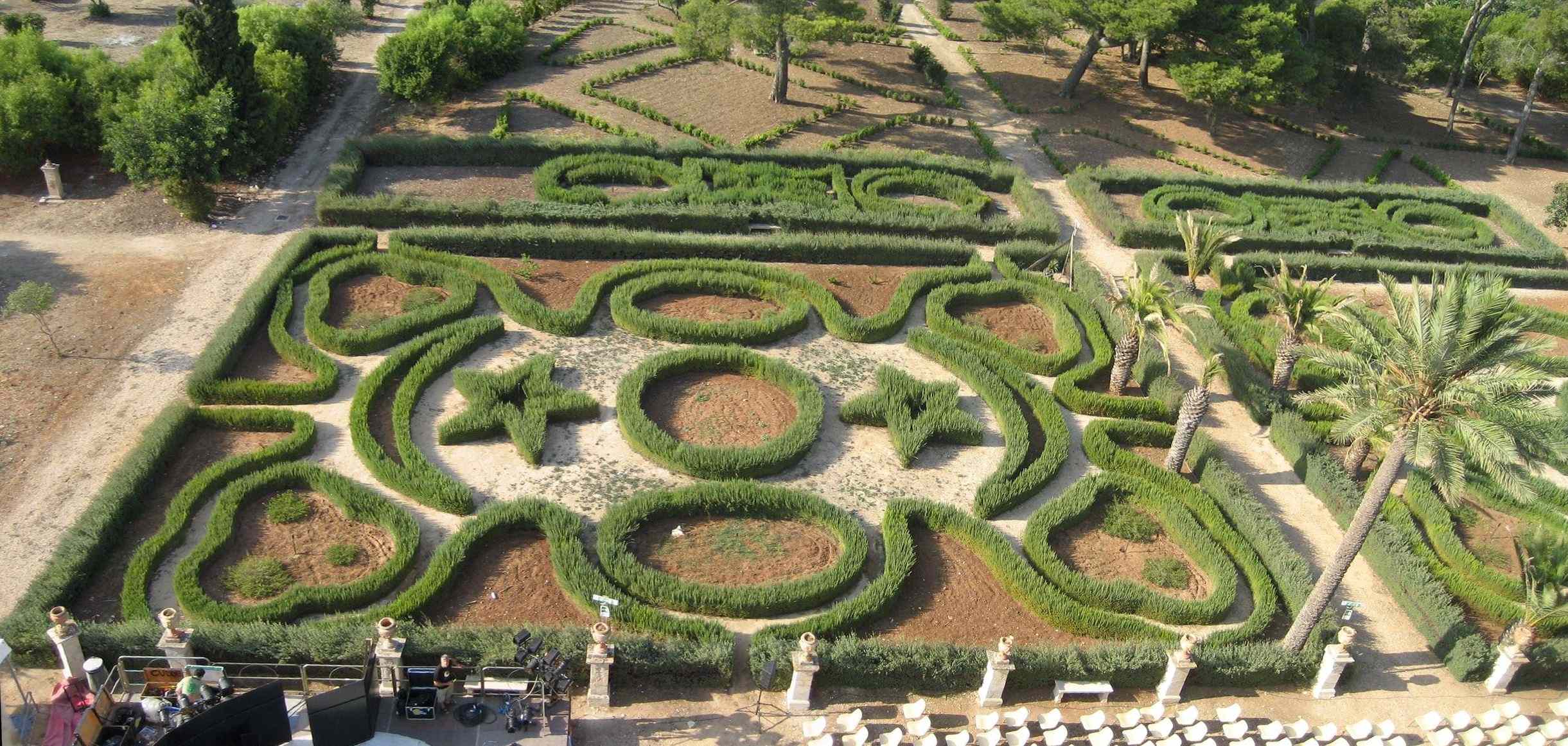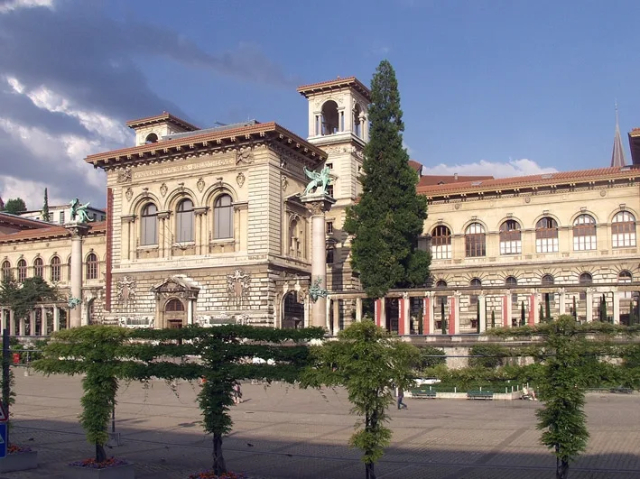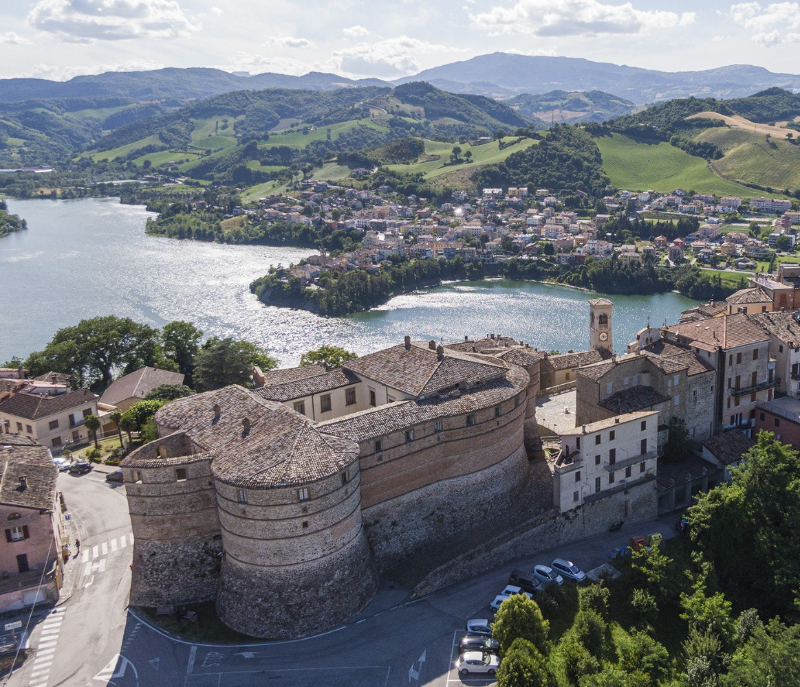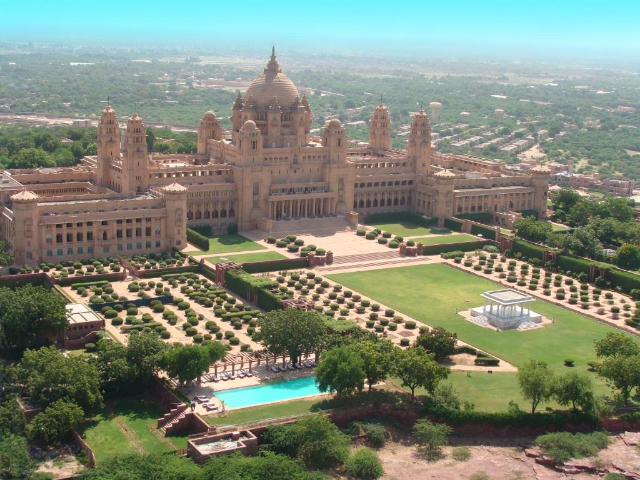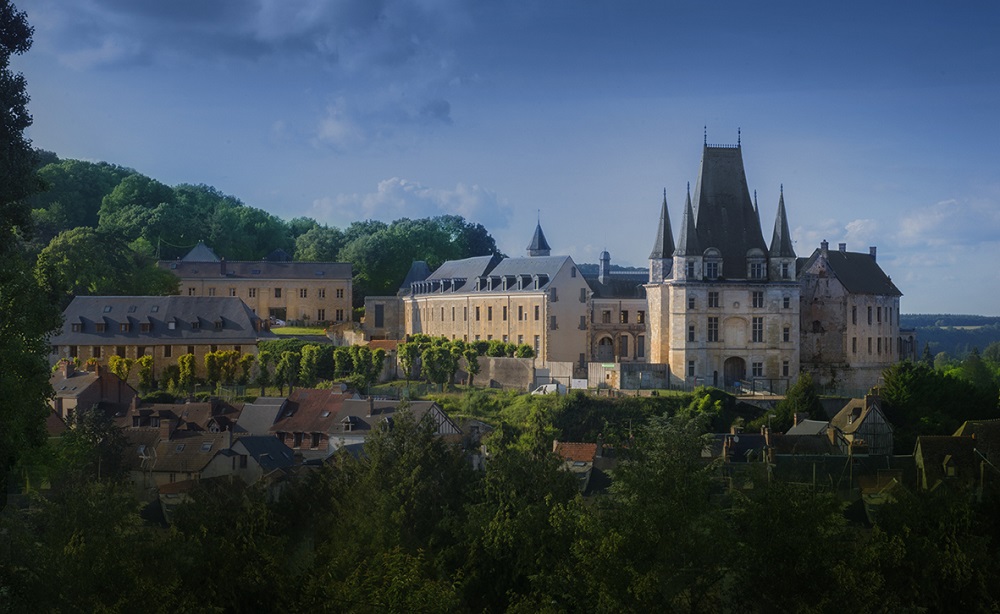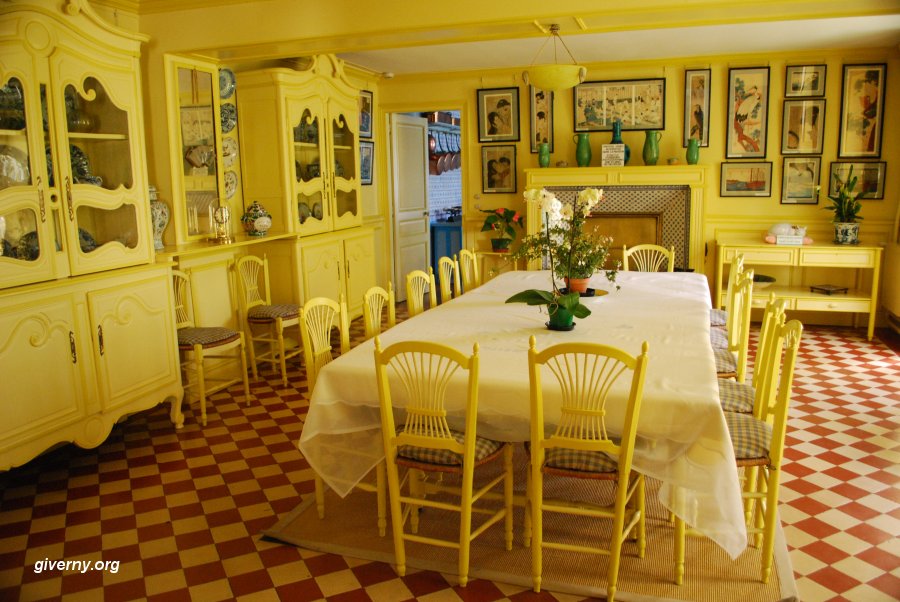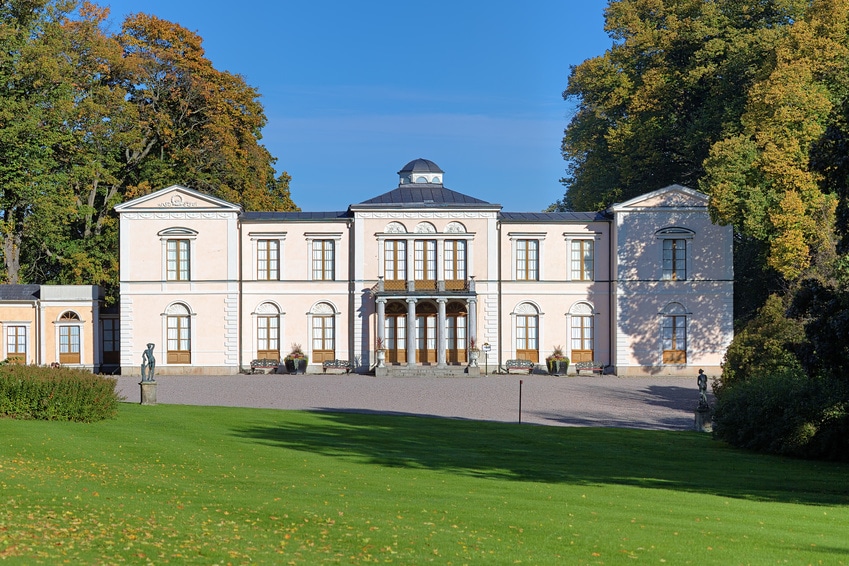It was built on the old structure of a thirteenth-century tower by the Senator of the Kingdom and Baron Corrado Arezzo in 800. The Baron had the initial structure enlarged and it became a real noble residence. Moreover, the charming Baron transformed the Castle into one of the most important centers of the social life of the Umbertine Age. The name Donnafugata derives from Arabic "Ain-jafat" and means "Source of Health". However, a legend tells of a woman who was imprisoned in the castle and managed to escape. This would be Queen Bianca of Navarra who was locked up by the perfidious Count Bernardo Cabrera, lord of the County of Modica, in a room from which she managed to escape through the tunnels leading to the countryside surrounding the palace. Hence the dialectal name "Ronnafugata", that is "escaped woman". Skillful strategist, cunning, cruel, powerful as no other on the island Count Berardo Cabrera was feared even by the sovereigns of Palermo who did nothing to reduce its power.
Entered the legend became the subject of a series of popular stories. It was said, for example, that he hid a treasure consisting in a golden goat, which would jump out from the place where it was hidden after a complicated spell. It was also said, that he made a bad end to all those who hindered him and especially to his enemies among which there were the Chiaramonte and the princess Bianca of Navarra. In reality it is documented that the princess never set foot in the Castle since at her time (XIV century) the palace had not yet been built. The building occupies an area of about 2,500 square meters and has about 122 rooms that would all deserve to be visited if they were not closed to the public to be restored.
The entrance consists of a large country courtyard flanked by two rows of small houses. Crossing the courtyard, it is possible to see the Gothic facade edged with merlons under which there is an elegant gallery with pairs of columns rich in capitals. The facade is also characterized by windows in Gothic style. In the part underneath the gallery there are eight mullioned windows with pointed arches which open onto a large terrace bordered by a balustrade crowned by eight vases. Two modest circular turrets complete the perspective. The interior is absolutely valuable and together with the whole architectural context has stimulated the imagination of many directors who have often turned the castle into a film set. Among these we remember Luchino Visconti, who filmed here "Il Gattopardo".
The main floor is accessed through a staircase in pitch stone, adorned with neoclassical statues. This houses the Hall of Coats of Arms whose walls are painted the symbols of the most powerful families of Sicily. Splendid frescoes are present in the Hall of Mirrors, in the Billiard Room and the Music Room and in the bedroom where Princess Bianca of Navarra would have been imprisoned, with a beautiful floor in pitch stone and white limestone. Valuable decorations are also present in the Ladies’ Room and in the Fumoir. The park of the Castle is characterized by majestic ficus and exotic plants, statues, fountains, heraldic coats of arms, terracotta vases from Caltagirone, stone seats, artificial caves and the dome on whose ceiling is drawn the firmament. Very beautiful is the "Pirdituri" that is a stone labyrinth and the coffee house in neoclassical style where the nobles used to consume their refreshments.
